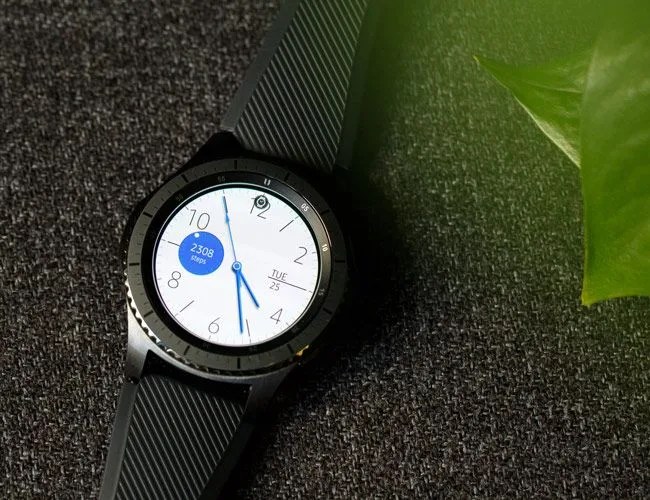Not all smartwatches are the same. Most fall between a fitness tracker and something that relays smartphone notifications to your wrist. Some smartwatches can work untethered, completely autonomously from a smartphone — you can make calls, send texts and navigate directions, all while your smartphone is miles away. There are also hybrid smartwatches, made by mechanical watch manufacturers like Tag Heuer, Fossil and Withings, that have sensors to track fitness and traditional watch battery that lasts months.
Before pulling the trigger on an Apple Watch Series 2, or one of the new Android 2.0 smartwatches made by Samsung, LG or Huawei, do some research. Make sure it’s a smartwatch that’ll work to its full potential with your current smartphone and matches your budget and how you want to use it. If you work out a lot, get a fitness-focused smartwatch. If you go off the grid, get an LTE-connected one. Whatever your case, make sure you know the basics.
3G, 4G, LTE, Bluetooth and Wi-Fi. There are different ways a smartwatch can connect to a smartphone. A Bluetooth-enabled smartwatch pairs with a smartphone just like a Bluetooth speaker. It’s the most basic of connections and has the shortest range; if the smartphone and smartwatch are too far apart, the connection dies. Most smartwatches will connect to a known wi-fi network as well. When connected, the smartwatch can still receive notifications (calls, texts, emails) as long your smartphone has an active data connection.
3G and 4G describe generations of the cellular network technologies and their subsequent transmission speeds — basically, it’s how fast your smartwatch can load data. A smartwatch with built-in 4G is going to be faster than a smartwatch with built-in 3G. However, the difference between smartwatches with 3G and 4G will probably be nominal since neither will be running heavily data-driven apps.
You may also start seeing smartwatch models with LTE, like the Samsung Gear S3. LTE (Long Term Evolution) is the newest network technology. The main advantage of an LTE connected smartwatch is that it can work completely untethered from a smartphone. Since it has a built-in cellular radio, the smartwatch can place and receive phone calls and stream music independent of your phone. There are a few caveats, though. The battery life will likely be terrible. The smartwatch will probably be bulky. And you’ll have to pay a monthly fee to add the smartwatch to your cellular plan. (Consult your cell carrier for exact info.)
For more information on 4G LTE smartwatches, read Computerworld‘s ‘One more time: An LTE smartwatch is a stupid idea.’
Compatibility. Not all smartwatches are compatible with all smartphones. For example, the Apple Watch only works with an iPhone, and all smartwatches running Android 2.0 will work with any Android, via the Android Wear app, but not all iOS features will carry over and some of the apps work wonky together, such as iMessage and every Android messaging app. Basically, if you own an iPhone, I recommend getting an Apple Watch; and if you have an Android smartphone, get one of the numerous Android 2.0 offerings.

